The Office of the Comptroller of the Currency (OCC) has reaffirmed its commitment to federal preemption, rejecting calls from state banking regulators to rescind its preemption rule. This decision, following recent Supreme Court guidance and ongoing debate between federal and state authorities, has significant implications for compliance, risk management, and audit functions within financial institutions.
In this article, NETBankAudit provides an analysis of the OCC’s position, the legal and regulatory context, and what this means for audit and compliance professionals navigating the evolving landscape of federal and state oversight.
The Dual Banking System and the Role of Preemption
The dual banking system is a foundational element of U.S. financial regulation, allowing institutions to select either a federal or state charter. This structure is designed to foster competition and innovation, but it also creates a complex regulatory environment. Federal preemption, which allows national banks to operate under a uniform set of rules, is a critical tool for managing compliance risk across multiple jurisdictions.

Historical Foundations of Preemption
Preemption is not a new concept. The National Bank Act of 1863 and Supreme Court decisions such as McCulloch v. Maryland (1819) and Barnett Bank of Marion County, N.A. v. Nelson (1996) have consistently upheld the broad powers of national banks.
As the American Bankers Association (ABA) emphasized,
“Congress in 1863 enshrined the foundational principles of national bank preemption in the National Bank Act. Congress provided national banks with the necessary operational authorities and appropriate protections from harmful state intervention.”1
Recent Challenges to the OCC’s Preemption Rule
In recent years, the OCC’s preemption rule has come under scrutiny from state regulators. The Conference of State Bank Supervisors (CSBS) has argued that the rule gives national banks an unfair advantage and undermines the intent of the Dodd-Frank Act. For auditors and compliance officers, understanding these challenges is essential for evaluating regulatory risk and preparing for potential changes in oversight.

Arguments Presented by State Regulators
CSBS’s concerns are rooted in both legal interpretation and competitive dynamics. Their position is that the OCC’s preemption rule “violated two of President Donald Trump’s executive orders, Supreme Court precedent and the ‘best reading’ of the Dodd-Frank Act.” CSBS President Brandon Milhorn wrote, “[B]y insulating national banks from broad categories of state consumer financial laws … the OCC has sought to thwart competition by attracting additional national bank charters at the expense of state bank charters.”3
For audit teams, these arguments highlight areas where regulatory expectations may diverge between federal and state authorities. Key points of contention include:
- Competitive Advantage: The assertion that preemption gives national banks a compliance edge over state-chartered peers, potentially impacting market dynamics and risk assessments.
- Executive Orders: The claim that the OCC’s rule conflicts with federal directives to eliminate anti-competitive regulations and ensure lawful governance.
- Congressional Intent: The interpretation that Dodd-Frank and the National Bank Act require a more limited approach to preemption than the OCC currently applies.
Auditors should be aware that these issues may influence future regulatory examinations and enforcement priorities, especially in areas where state and federal standards diverge.
The OCC’s Response: Defending Preemption
The OCC has responded by emphasizing the legal foundation and operational benefits of preemption. Acting Comptroller Rodney Hood stated,
“The OCC’s regulations are consistent with federal law, Supreme Court precedent, and the [executive orders]. The OCC will not rescind its regulations and will continue to vigorously support and defend federal preemption.”2
Legal and Regulatory Justification
For compliance and audit professionals, the OCC’s rationale provides important context for policy development and risk assessment. Hood explained, “Contrary to your assertions, the OCC’s preemption regulations are wholly consistent with Dodd-Frank and Supreme Court precedent and thus meet the requirements of EO 14219.”2 The OCC’s review of its preemption regulations after Dodd-Frank’s enactment included statutory language, legislative history, and judicial precedent.
The OCC’s main points in support of preemption are particularly relevant for those responsible for regulatory compliance:
- Legal Consistency: The OCC’s preemption rules align with the Dodd-Frank Act and the conflict preemption standard established in Barnett Bank.
- Regulatory Review: The OCC has conducted thorough reviews of its preemption regulations, ensuring they are grounded in current law and precedent.
- Operational Efficiency: Preemption supports the development of national products and services, enabling banks to streamline compliance across state lines.
These points should be considered when designing internal controls and compliance programs, especially for institutions operating in multiple states.
The Supreme Court’s Influence: Cantero v. Bank of America
The Supreme Court’s decision in Cantero v. Bank of America (2024)7 has added a new layer of complexity to the preemption debate. The case addressed whether national banks must comply with state laws requiring the payment of interest on mortgage escrow accounts. The Court remanded the case, instructing lower courts to conduct a “nuanced comparative analysis” rather than applying a categorical preemption test.
Implications of the Cantero Decision
For audit and compliance teams, the Cantero decision signals a shift toward more detailed judicial scrutiny of preemption claims. Justice Brett Kavanaugh wrote, “A court applying that standard must make a practical assessment of the nature and degree of the interference caused by a state law.” This means that compliance officers must be prepared for increased litigation risk and the need for more granular legal analysis when evaluating the applicability of state laws.
Jonathan Taylor, principal at Gupta Wessler and counsel for the petitioners, described the ruling as
“a victory for consumers because it ‘vindicates Congress’ determination in Dodd-Frank to rein in the kind of aggressive preemption of state consumer-financial laws that helped lead to the financial crisis.’”8
Audit teams should anticipate that courts will require more evidence and documentation to support preemption claims, increasing the importance of robust compliance records and legal analysis.
%201%20(1).svg)
%201.svg)
THE GOLD STANDARD INCybersecurity and Regulatory Compliance
Industry Perspective: The Case for Preemption
The OCC’s position is strongly supported by the American Bankers Association (ABA) and other industry stakeholders. ABA Executive Vice President Hugh Carney wrote,
“CSBS essentially contends that state legislatures and state banking regulators should be able to overrule – or, at the very least, seriously undermine – established national bank policy while federal agencies are engaged in a government-wide regulatory rebalancing effort.”1

Maintaining a Competitive Dual Banking System
From an audit perspective, the industry’s support for preemption is based on the need for regulatory clarity and operational efficiency. Uniform rules reduce compliance costs and facilitate innovation, while also supporting economic stability. The ABA warns that rescinding the preemption rule would expose national banks to a “crippling patchwork of state laws,” complicating compliance and risk management.
Key considerations for audit and compliance professionals include:
- Uniformity: Consistent rules across states simplify compliance monitoring and reduce the risk of regulatory gaps.
- Innovation: A stable regulatory environment enables banks to develop and launch new products with confidence in their legal standing.
- Risk Management: Preemption helps mitigate the risk of conflicting state and federal requirements, which can create operational and legal vulnerabilities.
Complexity in the Modern Banking Environment
The financial services industry is rapidly evolving, with new technologies and partnerships blurring the lines between banks and nonbank financial service providers. This complexity introduces new risks and regulatory challenges. Then-acting Comptroller Michael Hsu observed,
“Banking, in short, is beginning to resemble global manufacturing supply chains.” He pointed to the recent bankruptcy of fintech middleman Synapse as evidence that, “the line between where a bank ends and where a nonbank begins is increasingly hard for consumers, regulators, and market participants to discern.”4
As banks increasingly partner with fintechs and other nonbanks, the need for clear, consistent regulation becomes even more important. The OCC and industry experts have emphasized the importance of regulatory clarity and adaptability in a rapidly changing environment. Hsu has called for “more granular approaches” and greater engagement between federal banking agencies and nonbank fintechs.
To address these challenges, financial institutions must be proactive in their risk management and compliance strategies. This includes evaluating the risks of third-party relationships, staying informed about regulatory developments, and ensuring that internal controls are robust and adaptable. Audit teams should focus on the following areas to strengthen oversight:
- Review and update third-party risk management policies to address the unique risks posed by fintech partnerships and other nonbank relationships.
- Stay informed about regulatory changes and guidance from both federal and state authorities, especially as new technologies and business models emerge.
- Invest in compliance training and technology to ensure that staff can effectively manage evolving risks and regulatory requirements.
Implications for Banks and Consumers
The OCC’s decision to uphold its preemption rule provides regulatory certainty for national banks, allowing them to operate efficiently across state lines. However, the Supreme Court’s Cantero decision signals that courts will require a more nuanced analysis of preemption claims, potentially leading to increased litigation and less predictability. This evolving legal landscape means that banks must be diligent in monitoring court decisions and regulatory updates.
For state-chartered banks, the dual banking system continues to offer a viable and competitive alternative, with many institutions thriving under state regulation. Consumers may benefit from both the innovation and scale of national banks and the local focus of state-chartered banks. The ongoing debate underscores the need for banks to stay abreast of regulatory developments and ensure compliance with both federal and state requirements, especially as the lines between banking and nonbank financial services continue to blur.
To navigate these changes, banks should consider several practical steps. By taking a proactive approach, institutions can better manage risk and maintain compliance in a shifting regulatory environment. Audit and compliance professionals can enhance their programs by:
- Establishing a process for regularly reviewing legal and regulatory developments, including Supreme Court decisions and OCC guidance.
- Engaging with both federal and state regulators to clarify compliance obligations and address any areas of uncertainty.
- Evaluating the strategic implications of charter choice, considering both operational goals and the regulatory environment.
- Consulting with legal and compliance experts to ensure that policies and procedures are up to date and aligned with current requirements.
Looking Ahead: Regulatory Evolution and Industry Best Practices
The OCC has indicated it will continue to review its preemption regulations in light of evolving legal standards and market developments. Then-acting Comptroller Michael Hsu previously noted the need for a “more nuanced and balanced approach” to preemption, particularly as the complexity of bank-nonbank relationships grows. As the regulatory landscape continues to evolve, banks must remain agile and responsive to change.
Institutions that prioritize regulatory awareness and adaptability will be best positioned to succeed. By fostering a culture of compliance and staying engaged with industry developments, banks can navigate uncertainty and capitalize on new opportunities. Audit and compliance teams can support this effort by:
- Developing a comprehensive compliance program that incorporates ongoing monitoring of regulatory changes and industry trends.
- Encouraging open communication between compliance, legal, and business units to ensure that emerging risks are identified and addressed promptly.
- Participating in industry forums and advocacy groups to stay informed about policy developments and share best practices with peers.
Stay Ahead of Regulatory Changes with NETBankAudit’s Expertise
The OCC’s steadfast defense of its preemption rule reaffirms the foundational principles of the dual banking system, but also highlights the ongoing tension between federal and state oversight. As courts and regulators continue to refine the boundaries of preemption, banks must remain vigilant and proactive in their compliance efforts.
NETBankAudit is a trusted partner for banks and financial institutions seeking clarity and confidence in regulatory compliance. Our team of experts monitors the latest legal and regulatory developments, providing actionable insights and tailored solutions to help your institution thrive in a complex environment. For questions about the OCC’s preemption rule, dual banking system, or any aspect of banking compliance, contact NETBankAudit today.
Legal Citations and References
- OCC Letter from Hugh Carney, Executive Vice President (May 28, 2025) https://www.aba.com/advocacy/policy-analysis/letter-urging-occ-not-to-rescind-national-bank-preemption-regs
- OCC Letter from Rodney E. Hood, Acting Comptroller of the Currency (June 9, 2025) https://www.occ.treas.gov/news-issuances/news-releases/2025/nr-occ-2025-52a.pdf
- CSBS Letter from Brandon Milhorn,President and CEO (May 8, 2025) https://www.csbs.org/occ-preemption-rescission
- OCC Letter from Michael Hsu, Then-Acting Comptroller of the Currency (July 14, 2024) https://www.occ.gov/news-issuances/speeches/2024/pub-speech-2024-79.pdf
- OCC Interpretive Letter 1173, Jonathan V. Gould, Senior Deputy Comptroller and Chief Counsel(Dec. 18, 2020) https://www.occ.gov/news-issuances/news-releases/2020/nr-occ-2020-176a.pdf
- Executive Orders: EO 14267 (Reducing Anti-Competitive Regulatory Barriers), EO 14219 (Ensuring Lawful Governance and Implementing the President’s “Department of Government Efficiency” Deregulatory Initiative)
- Supreme Court Cases: McCulloch v. Maryland (1819), Barnett Bank of Marion County, N.A. v. Nelson (1996), Cantero v. Bank of America (2024) https://www.supremecourt.gov/opinions/23pdf/22-529_1b7d.pdf
- Banking Drive, “Supreme Court remands BofA escrow dispute to appeals court” (May 31,2024) https://www.bankingdive.com/news/supreme-court-remands-bank-of-america-escrow-dispute-appeals-court/717667/
- Statutes: National Bank Act of 1863, Dodd-Frank Wall Street Reform and Consumer Protection Act
.avif)

.svg)
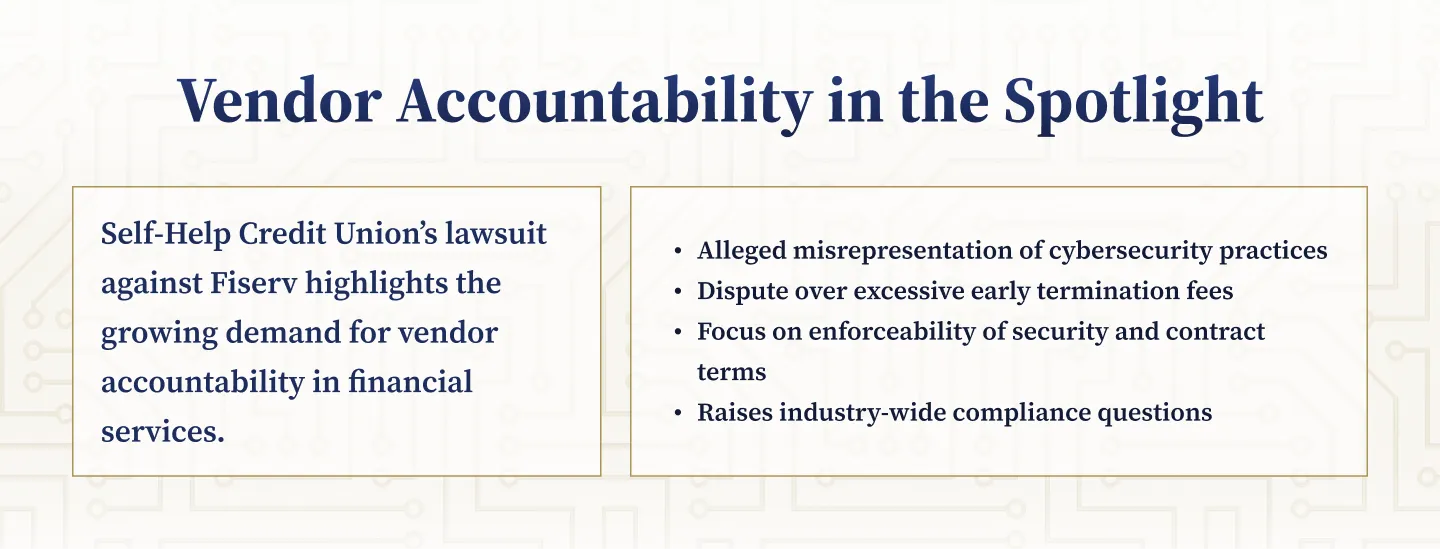
.webp)
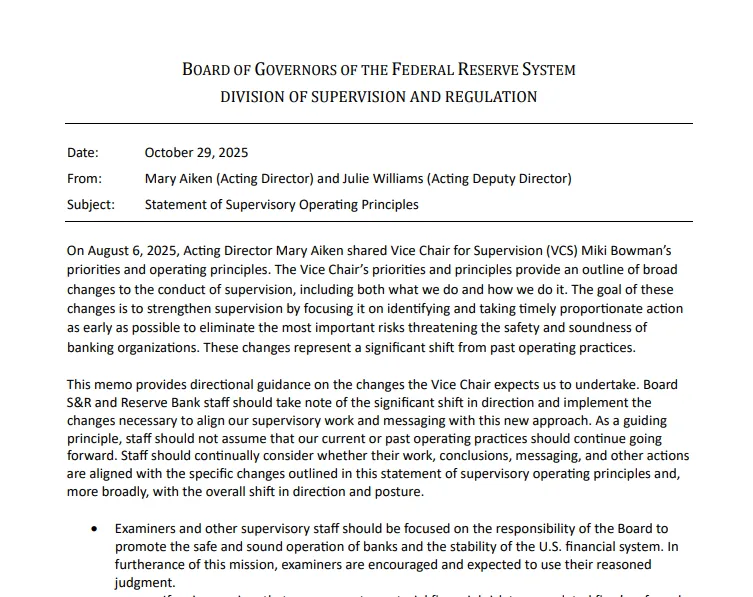
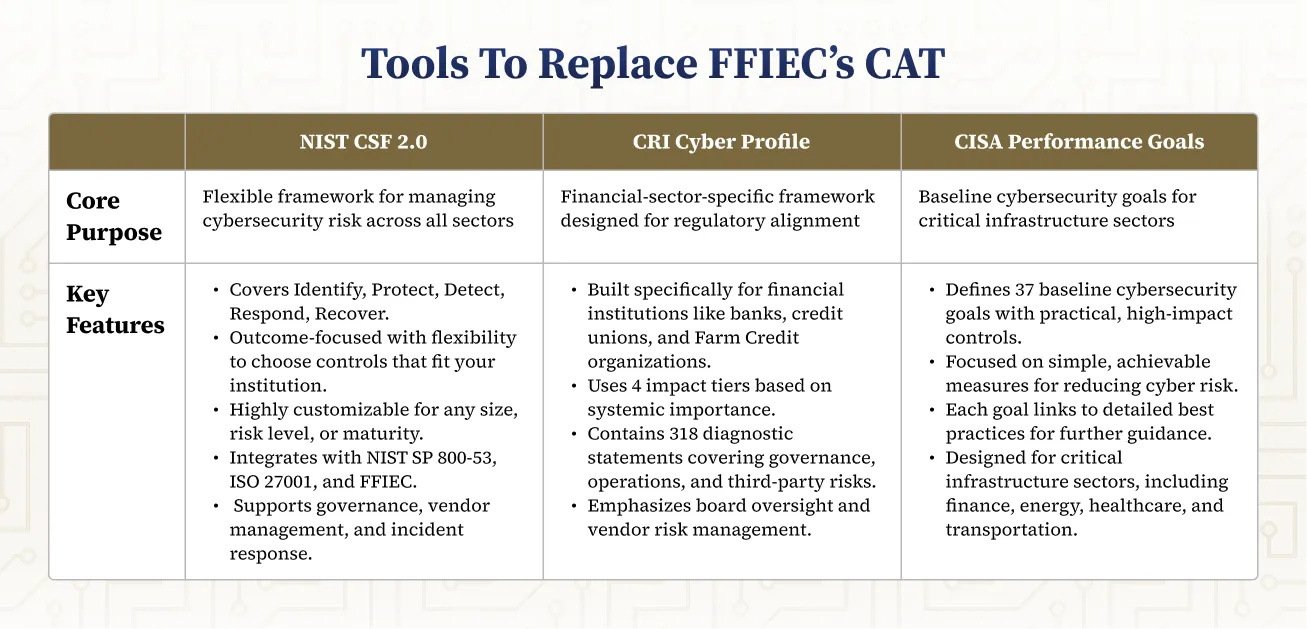
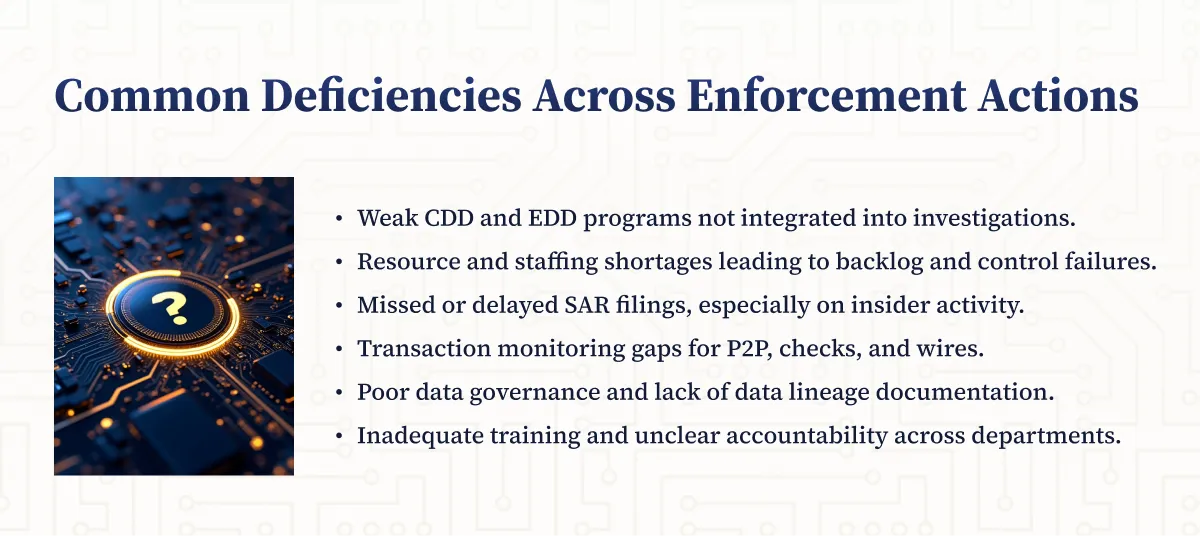
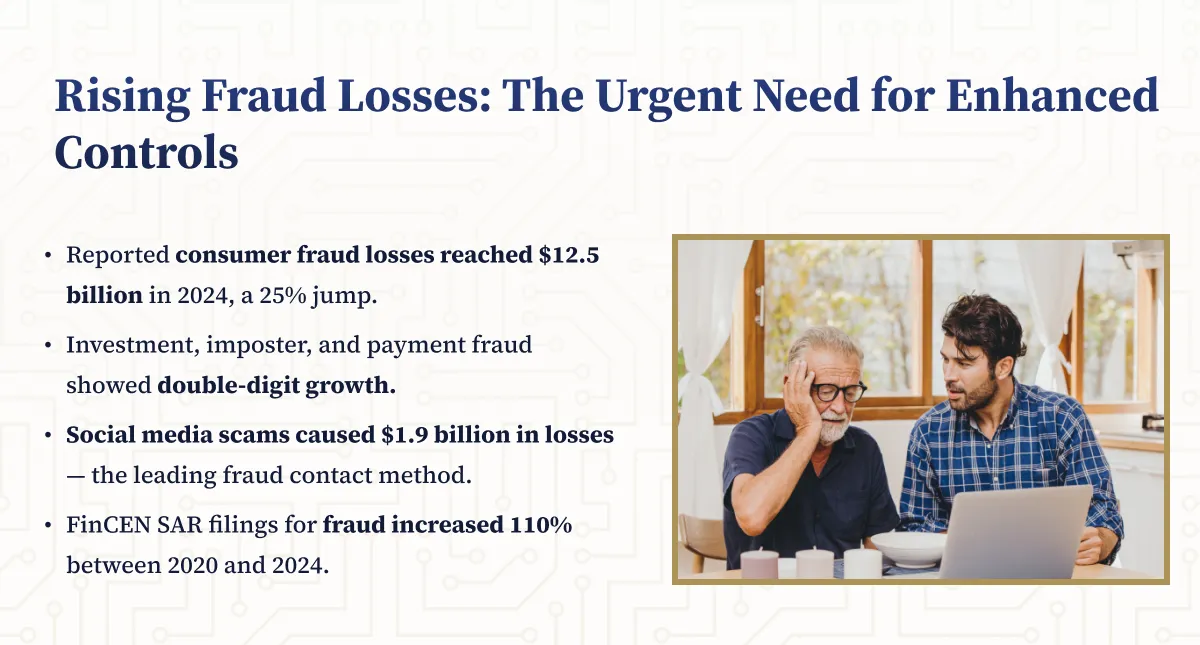
.webp)
.png)
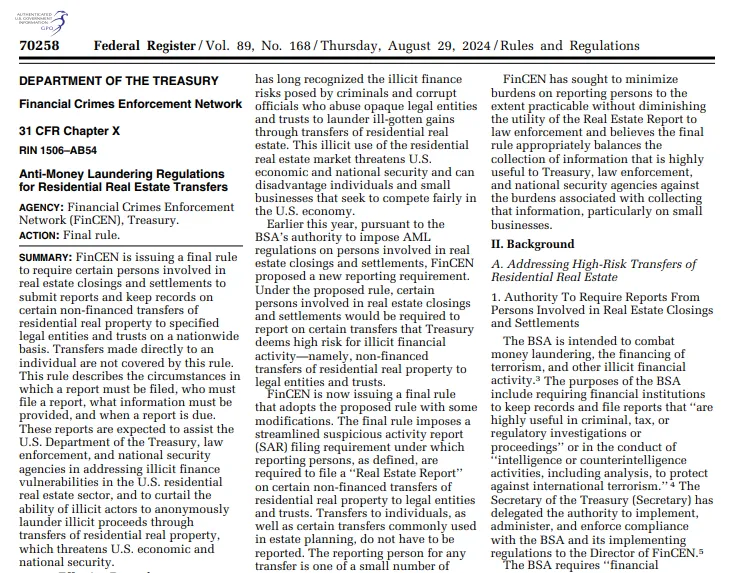
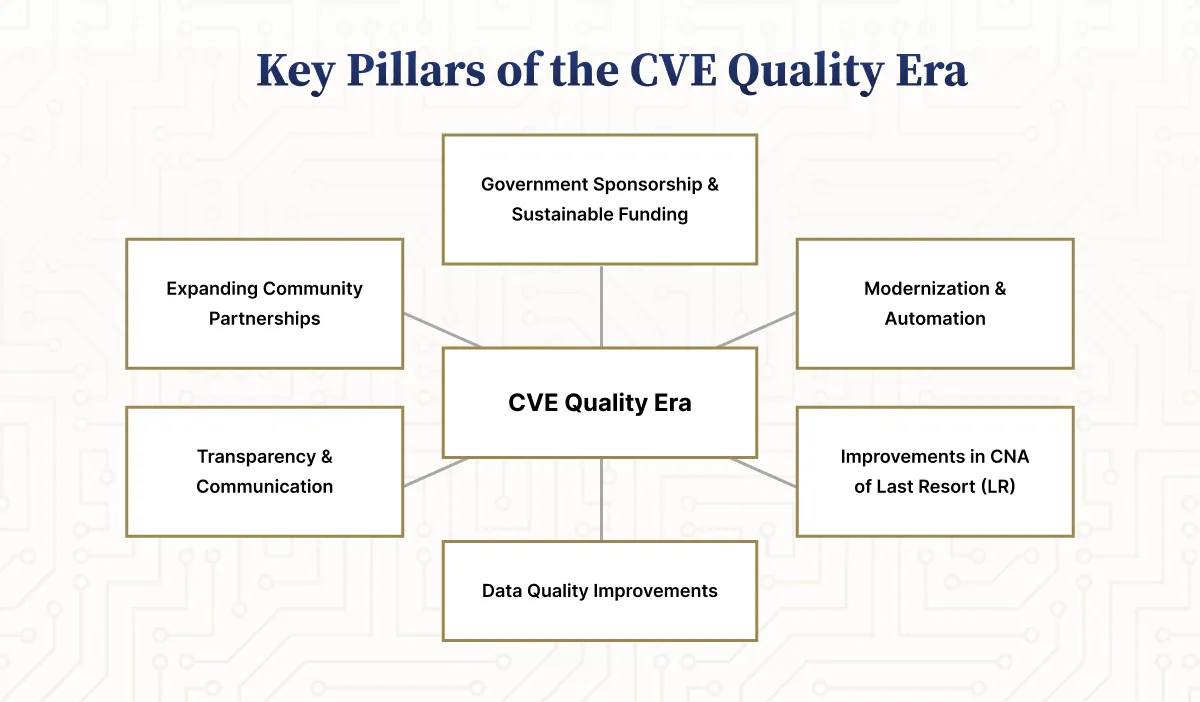
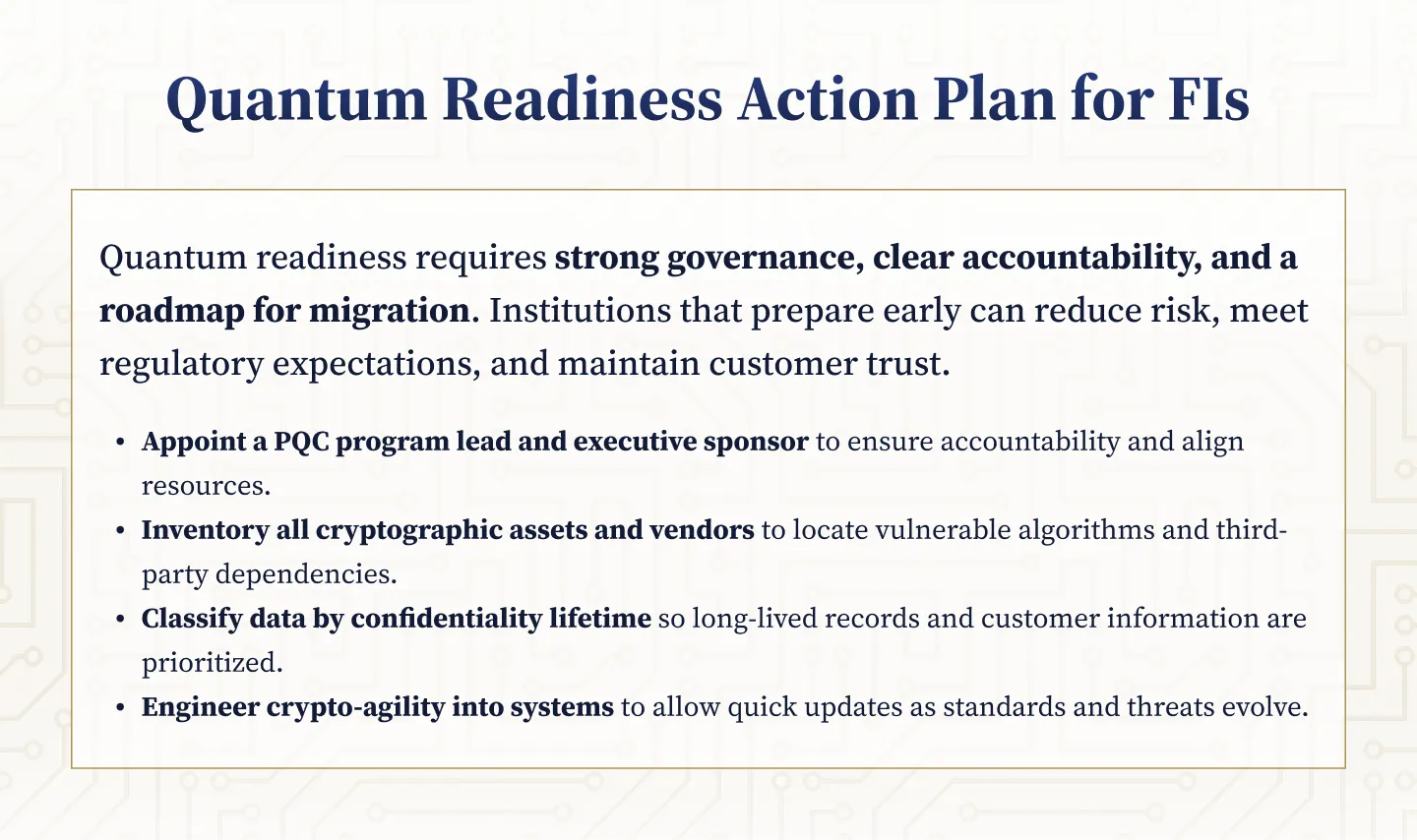
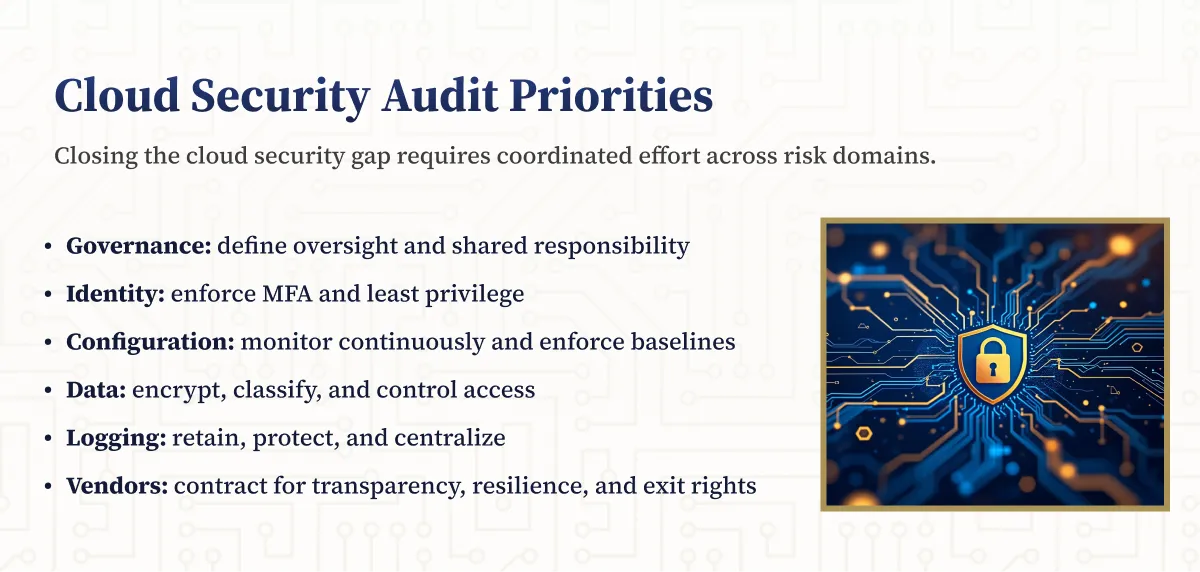
.webp)

.webp)










.webp)



.webp)

%201.webp)
.webp)
%20(3).webp)


.webp)


%20Works.webp)


.webp)




.webp)
%20(1).webp)

.webp)










.webp)
.webp)

.webp)
.webp)
.webp)
.webp)
.webp)
.webp)
%201.svg)